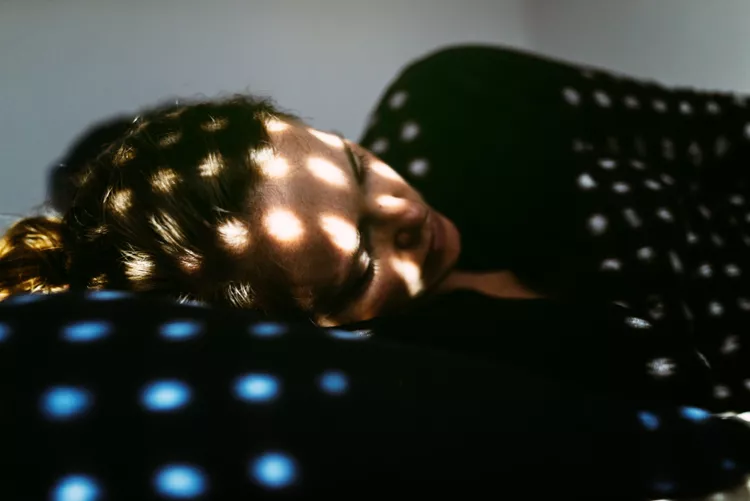
Many people use the word “depression” casually when they’re feeling sad or stressed. But clinical depression is different—it’s a serious mental health condition that goes far beyond temporary feelings of sadness. It can affect your mood, body, thoughts, and daily life in ways that may feel overwhelming.
Understanding Clinical Depression
Clinical depression is a long-lasting and intense form of low mood that affects how you think, feel, and act. The most common type is major depressive disorder (MDD), but there are other forms too—such as bipolar depression, postpartum depression, seasonal affective disorder (SAD), and persistent depressive disorder.
These conditions can interfere with your ability to work, maintain relationships, or even carry out simple daily tasks. Unlike a passing bad mood, clinical depression usually requires treatment and ongoing care.
Symptoms of Clinical Depression
While sadness is a well-known symptom, depression affects much more than your emotions.
Mood Changes – You might lose interest in hobbies or activities you once enjoyed, a symptom called anhedonia. You may also feel hopeless, overly guilty, or emotionally numb. Anxiety often appears alongside depression, making it even harder to cope.
Sleep Problems – Depression can disrupt your sleep. You might have insomnia, wake up too early, or sleep too much. Poor sleep makes managing depression harder.
Physical Changes – Your appetite may increase or decrease, leading to weight changes. Fatigue, restlessness, or unexplained aches can also occur.
Thinking and Behavior – Depression can make it difficult to concentrate, remember things, or make decisions. You might withdraw from social activities, cry more often, or feel unusually irritable.
Suicidal Thoughts – In severe cases, depression can cause thoughts of self-harm or suicide. If you or someone you know is feeling this way, contact a helpline like 988 in the U.S. or seek emergency help immediately.
Types of Clinical Depression
There’s no one-size-fits-all depression. Here are some common types:
-
Major Depressive Disorder (MDD) – At least five key symptoms (such as persistent sadness, loss of interest, or sleep changes) for two weeks or more, causing significant life disruption.
-
Bipolar Depression – Episodes of depression alternating with periods of mania or hypomania.
-
Psychotic Depression – Depression with hallucinations or delusions, which only occur during depressive episodes.
-
Postpartum Depression – Depression during or after pregnancy, which can affect both the parent’s and baby’s well-being.
-
Premenstrual Dysphoric Disorder (PMDD) – Severe depression symptoms before menstruation.
-
Seasonal Affective Disorder (SAD) – Depression linked to seasonal changes, often in winter.
-
Persistent Depressive Disorder – Low mood lasting for at least two years, with symptoms most days.
-
Atypical Depression – Mood can improve in response to positive events, but is paired with symptoms like oversleeping, overeating, and heavy fatigue.
Causes and Risk Factors
Clinical depression doesn’t have a single cause. It’s influenced by a mix of genetic, environmental, and biological factors.
-
Genetics – A family history of depression can increase your risk.
-
Environment – Childhood trauma, abuse, poverty, discrimination, or chronic stress can contribute.
-
Biology – Chronic illnesses, hormonal changes, and brain chemistry imbalances play a role.
-
Co-Occurring Conditions – Anxiety disorders, personality disorders, or chronic medical issues can occur alongside depression.
Diagnosis
Only a qualified professional—such as a psychiatrist, psychologist, or licensed therapist—can diagnose clinical depression. They may use tools like the PHQ-9 or Beck Depression Inventory to assess symptoms, along with a detailed interview.
Part of diagnosis also involves ruling out other conditions like thyroid problems, neurological disorders, or medication side effects.
Treatment Options
The good news is that clinical depression is treatable. The best approach often combines medication, therapy, and lifestyle changes.
Medication – Antidepressants such as SSRIs, SNRIs, and atypical antidepressants help balance brain chemicals. Side effects are common but often temporary—always discuss concerns with your doctor.
Psychotherapy – Talking with a trained therapist can help you understand and manage your symptoms. Common approaches include:
-
Cognitive Behavioral Therapy (CBT) – Identifies and changes negative thought patterns.
-
Acceptance and Commitment Therapy (ACT) – Helps you accept emotions without judgment while taking action toward your values.
-
Psychodynamic Therapy – Explores how past experiences shape current feelings.
Lifestyle Changes – Regular exercise, good sleep habits, balanced nutrition, and mindfulness practices like meditation can support recovery. Even small daily actions—like brushing your teeth, taking a short walk, or connecting with a friend—can make a difference.
Coping Strategies and Support
Living with depression can be challenging, but you’re not alone. Here are some tips:
-
Seek Professional Help Early – The sooner you start treatment, the better your chances of recovery.
-
Build a Support Network – Friends, family, or support groups can provide understanding and encouragement.
-
Set Small Goals – Break tasks into manageable steps to avoid feeling overwhelmed.
-
Practice Self-Compassion – Depression is an illness, not a personal failure. Give yourself grace.
The Bottom Line
Clinical depression is more than just sadness—it’s a serious condition that affects many aspects of life. It can feel heavy and isolating, but treatment works, and recovery is possible. Whether through therapy, medication, lifestyle changes, or a combination of all three, support is available.
If you suspect you might have clinical depression, reach out to a mental health professional. Asking for help is not a sign of weakness—it’s the first step toward feeling better.